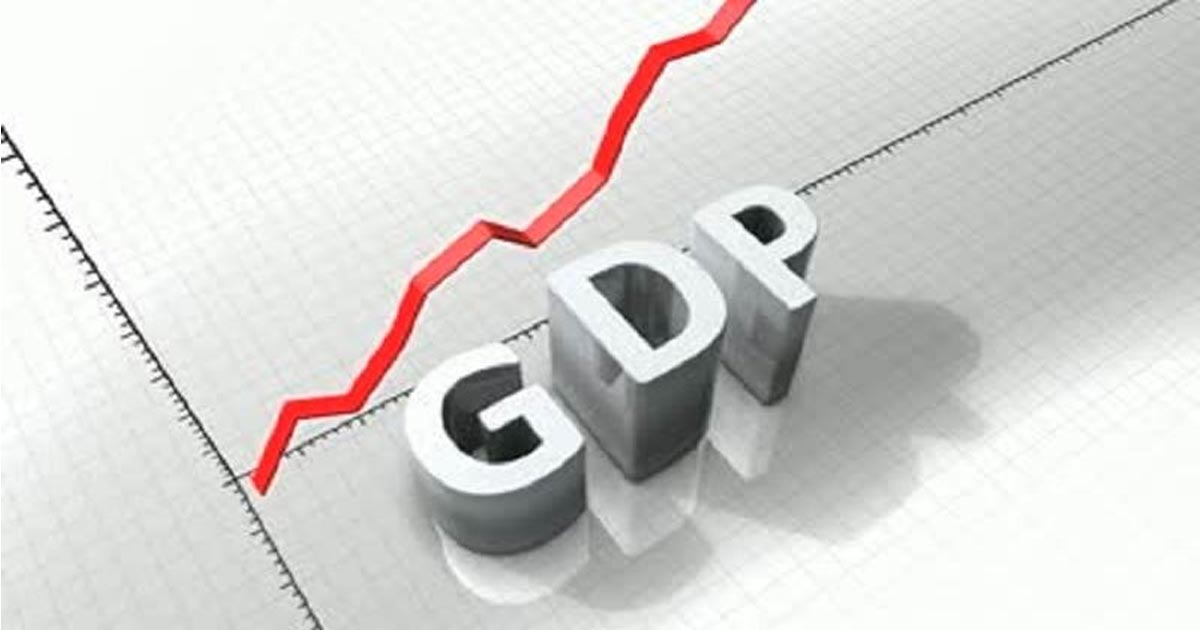The newly released economic survey mentioned clearly that the achievement of expected GDP is somehow very difficult to retain at around 6.75 to 7.5 percent. It also suggested that the there should be more reduction in the interest rates which will increase the flow of the economy.
All the possible risk and challenges were included in the statement which is mainly, farm loan waiving, the rise of the deficit in the balance sheets, rupee appreciation and the telecom complications in the industry.
It is also denoted that the reduction in fiscal is just as “a series of deflationary impulses are weighing on an economy yet to gather its full momentum.” The majority of risk clings on the farm loan waiver which is nearly around INR 2.7 lakh crore, as it was pointed out by the Chief Economic Adviser Arvind Subramanian and the same was said the Parliament.
The middle-level target of Reserve Bank of India is to keep in 4 percent of the category which will be a nearby fiscal deficit of 3.2 percent. While recently the RBI slashed off 25 basis points coming down to 6 percent which is also the lowest mentioned that, “Cyclical conditions suggest that the policy rate should actually be the below…the neutral rate. The conclusion is inescapable that the scope for monetary easing is considerable.”
Read Also: GST Impact on Indian Telecom Industry
The lesser farm revenues, lowering of no-cereal food prices, waiving of farm loans and the falling benefits in the telecom and power industry is the main subjects of worry. It mentioned that “Economy is yet to gather its full momentum and still away from its potential.”
According to the survey which was tabled in Parliament on January 31, mentioned that “predicted a range for GDP growth of between 6.75 and 75 per cent, factoring in more buoyant exports as global recovery gathered steam, a post-demonetisation catch-up in consumption, and a relaxation of monetary conditions.”
“The balance of risks seem to have shifted to the downside. The balance of probabilities has changed accordingly, with outcomes closer to the upper end having much less weight than previously” it also mentioned.
